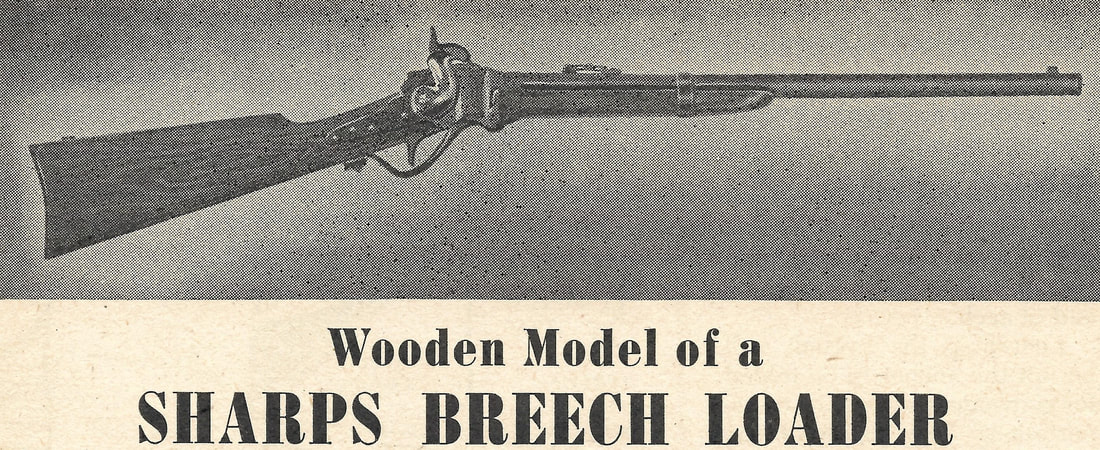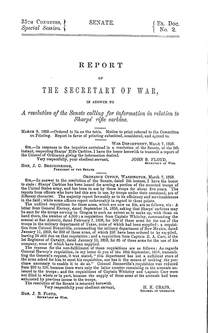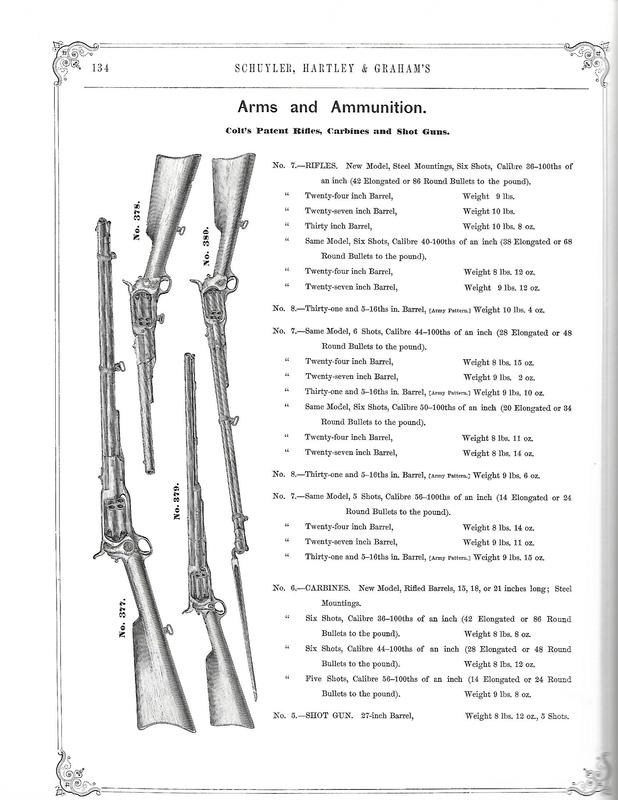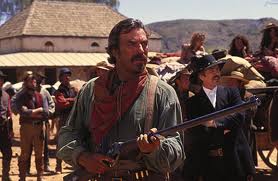This project has been on my to do list for awhile but it wasn't until I was browsing one of my favorite stores that I saw a CVA breech brush kit on clearance for only $3 that I found what I was looking for. This experiment/prototype isn't an exact replica but does look the part. The biggest trouble with recreating the original is that the brush is made from boar hair. As you can imagine, no one is selling boar hair rifle brushes these days. The closest in appearance and most readily available is nylon. I just hope to find a brass twisted nylon brush some day. Instead, typically you'll find aluminum twisted nylon like these CVA brushes.
There are lots of different ways to go about recreating this. For my Mark I, Mod 0 prototype, I took inspiration from modern brush construction. The original brush was made specifically for this application. You can see the end of the brush on the ferrule appears to be a loop fit into a slit in the fitting. So, clearly, these were tooled up and manufactured for a specific construction method. I had to take a different approach.
Using 1/4" brass stock that I already use to recreate the pull through cleaners, I took measurements off of my original to approximate the size. The overall length of the piece is 13/16". The threads are 10-32 to match common rifle cleaning kits. In order to make 10-32 threads, I had to turn down 1/4" of the OAL to 3/16". I did this on my woodworking lathe with some junk turning chisels and files. Once the thread diameter was turned, I rotated the piece and bored a 5/16" hole 3/8" deep to receive the brush diameter. In order to get good results, I began the process with a center bit and worked my way up three drill sizes using tapping oil. How do I turn something so small in a woodworking lathe? I have two Jacob's chucks. I place one in the tail and head stock. Once, the lathe work is done, I tap the threads. In order to tap as far down as I can, I turn the tap around for a final pass.
Once the ferrule is complete, I thought about how to secure the brush. At first, I considered some 1hr epoxy. I settled on soldering the brush into the ferrule. Setting the ferrule into my vice, I added flux to the hole and the brush wire before heating the ferrule with a small torch. Once heated, I filled the hole about half way with solder before quickly inserting the brush and holding it vertical while it cooled. Finishing included a quick polish on a buffing wheel and it was good to go. It fits great into the bore of my 1859 Sharps.
Before I wrap up, I have one last note about the modern brush I used. As you can see in the photos, the CVA brush is shorter than my original. In a previous post, I refer to documentation on how the brush length varied in known in examples. The goal with the model was not to replicate exactly the original to but give the impression of the original where one can see just how large original brushes were. Don't worry about me settling for something less than perfect, though. As I find new materials, I'll be adapting this prototype. Maybe you have access to more accurate materials and this post could help inspire your own recreation.
There are lots of different ways to go about recreating this. For my Mark I, Mod 0 prototype, I took inspiration from modern brush construction. The original brush was made specifically for this application. You can see the end of the brush on the ferrule appears to be a loop fit into a slit in the fitting. So, clearly, these were tooled up and manufactured for a specific construction method. I had to take a different approach.
Using 1/4" brass stock that I already use to recreate the pull through cleaners, I took measurements off of my original to approximate the size. The overall length of the piece is 13/16". The threads are 10-32 to match common rifle cleaning kits. In order to make 10-32 threads, I had to turn down 1/4" of the OAL to 3/16". I did this on my woodworking lathe with some junk turning chisels and files. Once the thread diameter was turned, I rotated the piece and bored a 5/16" hole 3/8" deep to receive the brush diameter. In order to get good results, I began the process with a center bit and worked my way up three drill sizes using tapping oil. How do I turn something so small in a woodworking lathe? I have two Jacob's chucks. I place one in the tail and head stock. Once, the lathe work is done, I tap the threads. In order to tap as far down as I can, I turn the tap around for a final pass.
Once the ferrule is complete, I thought about how to secure the brush. At first, I considered some 1hr epoxy. I settled on soldering the brush into the ferrule. Setting the ferrule into my vice, I added flux to the hole and the brush wire before heating the ferrule with a small torch. Once heated, I filled the hole about half way with solder before quickly inserting the brush and holding it vertical while it cooled. Finishing included a quick polish on a buffing wheel and it was good to go. It fits great into the bore of my 1859 Sharps.
Before I wrap up, I have one last note about the modern brush I used. As you can see in the photos, the CVA brush is shorter than my original. In a previous post, I refer to documentation on how the brush length varied in known in examples. The goal with the model was not to replicate exactly the original to but give the impression of the original where one can see just how large original brushes were. Don't worry about me settling for something less than perfect, though. As I find new materials, I'll be adapting this prototype. Maybe you have access to more accurate materials and this post could help inspire your own recreation.



